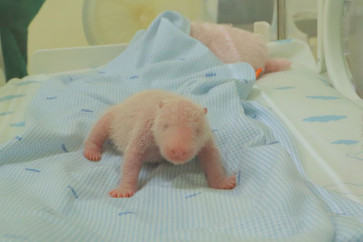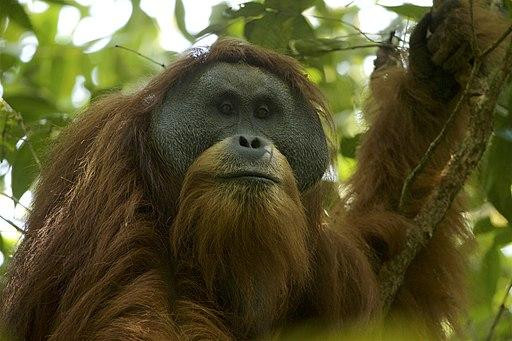Popular Reads
Top Results
Can't find what you're looking for?
View all search resultsPopular Reads
Top Results
Can't find what you're looking for?
View all search resultsThe life of Benteng Chinese
Lim Tjoan Lie, 75, was asleep on a bamboo bench in front of his traditional Kebaya house adorned with Chinese characters on its walls and doors
Change text size
Gift Premium Articles
to Anyone
L
im Tjoan Lie, 75, was asleep on a bamboo bench in front of his traditional Kebaya house adorned with Chinese characters on its walls and doors. He took a nap after helping his children and neighbors reap paddy harvests in his fields only a few blocks behind his house.
A member of the community of Chinese descents in Legok, Tangerang, Banten, better known as Cina Benteng or Benteng-Chinese, Lim at his present age no longer works in various other sectors as he used to do in his youth.
Today, Lim spends most of his time at the Kebaya house he built as a teenager, when he earned a lot of money as a trader in the local market and as a farmer. The typical Benteng-Chinese house is made of a species of wood now increasingly hard to find in Tangerang.
The origin of Kebaya houses in Legok is unclear and nobody knows how the name came to be. Some say the name comes from the fact that their (female) occupants wear kebaya (long-sleeved blouses), others maintain the buildings resemble the shape of this blouse. No literature is available about the houses either.
Legok is located in the interior of Banten, so the ethnic Chinese people there are also called Cina Udik, meaning rural or country, and it is this community who continues to preserve the remaining Kebaya houses as part of their identity as Benteng-Chinese, despite their obscure architectural origins.
Waking from his afternoon snooze, Lim hurried to the back of his house to unfasten the rope that tied his buffalo for grazing, and began pulling weeds in his backyard. “This is my daily activity since I don’t have to work hard anymore,” said Lim in his Sundanese and Betawi (Jakarta) accent, as he doesn’t speak Mandarin or the Hokkian dialect.
“The field work is now handled by my children,” added Lim. He can now mostly help drying the paddy gathered in the front yard and sometimes in the front terrace. Paddy yields have made it unnecessary for Lim to buy rice. His four paddy fields are enough to support the daily needs of his family, including his children and grandchildren.
Before the development of the Soekarno-Hatta International Airport, a lot of Benteng-Chinese farmers’ original Kebaya houses still dotted the landscape. At present, their number has considerably shrunk, while some remain in Teluk Naga, Tangerang, and in Legok’s interior.
The proper maintenance of the existing Kebaya houses will hopefully bear witness to the centuries-old settlement of ethnic Chinese people in Tangerang. In the remote villages these traditional homes seem to represent the life and culture of Benteng-Chinese farmers, which remained largely unchanged since they first reclaimed Tangerang’s forestland.
— Photos By P.J. Leo










